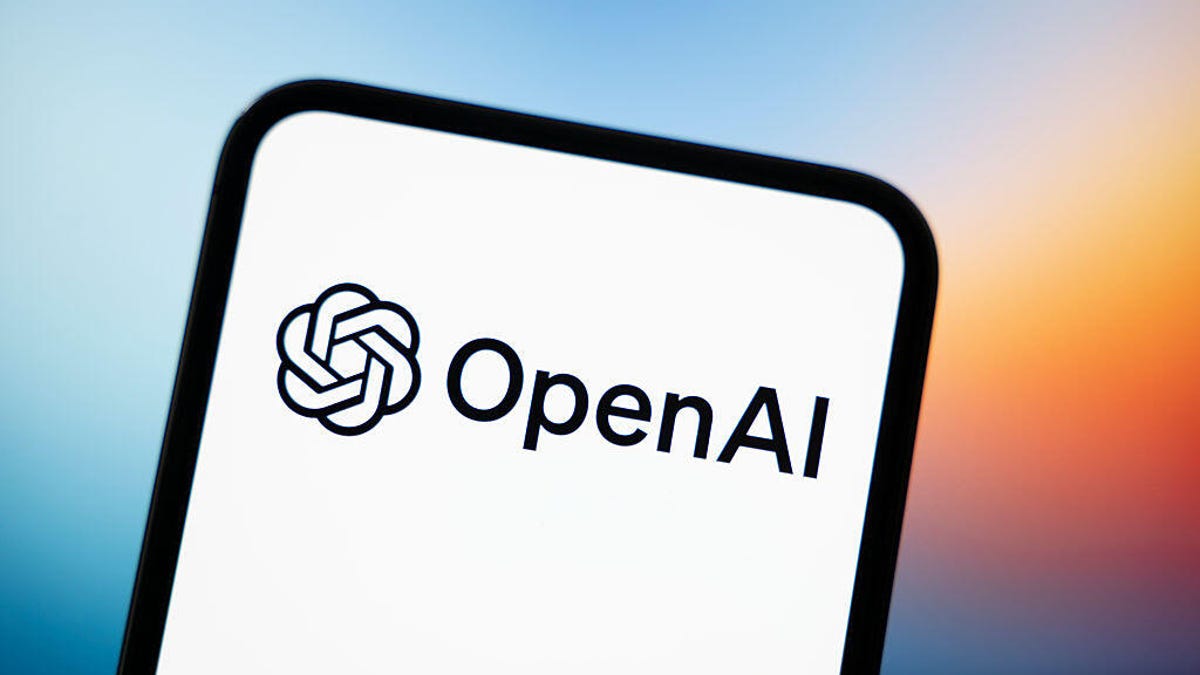ChatGPT Usage Shifts From Work to Personal Life, Study Finds

Key Points
- ChatGPT maintains about 700 million weekly active users, sending over 2.5 billion messages daily.
- Work‑related conversations have fallen from roughly half to just over a quarter of total chats.
- Writing‑help requests dropped from over one‑third to about a quarter of interactions.
- Information‑seeking queries increased from 14 % to 24 % of all chats.
- Gender balance shifted from 37 % female users to around 52 % female users.
- Nearly half of users are aged 18‑25, favoring personal over professional queries.
- Growth is strongest in lower‑to‑middle‑income nations where smartphones dominate internet access.
- College‑educated users lean toward professional tasks; non‑degree users focus on everyday questions.
A new research paper by OpenAI and academic partners reveals that ChatGPT, once promoted as a productivity assistant, is increasingly being used for personal purposes. While weekly active users remain high, the proportion of work‑related conversations has fallen from roughly half to just over a quarter. The study highlights changing patterns in how users ask questions, with a rise in information‑seeking queries and a diversification of the user base across gender, age and geography.
Background
OpenAI released a paper analyzing global interactions with its chatbot, ChatGPT. The research, conducted with scholars from several universities, examined billions of messages to understand how the platform is used in practice. Although the service was initially pitched as a productivity tool for tasks such as drafting emails and memos, the data show a notable shift toward personal use.
Key Findings
ChatGPT continues to attract a massive audience, with roughly 700 million weekly active users generating more than 2.5 billion messages each day—equivalent to about 29 000 messages per second. Despite this high volume, the share of work‑related conversations has declined. Earlier, almost half of all chats were job‑related; more recent data indicate that figure has dropped to just over a quarter.
In terms of request types, “writing help” once accounted for more than one‑third of usage but now represents closer to a quarter of conversations. Conversely, “seeking information” has grown from 14 % to 24 % of all interactions, suggesting users are turning to the chatbot as a search‑engine alternative for advice and knowledge.
Demographic Shifts
The study also maps changes in who is using ChatGPT. Early adopters were predominantly male—only about 37 % of users had names traditionally considered feminine. More recent data show that proportion rising to roughly 52 %, indicating a near‑parity between genders.
Age distribution shows that nearly half of respondents identify as being between 18 and 25 years old. Younger users tend to favor personal queries, such as hobby advice, while older users are more likely to employ the tool for professional tasks.
Geographically, usage is expanding beyond wealthier nations. Growth is strongest in lower‑to‑middle‑income countries where the typical per‑capita GDP ranges from $10 000 to $40 000, and smartphones serve as the primary internet gateway.
Educational background influences usage patterns as well. Users with college degrees or higher are more inclined toward professional applications, whereas those without a degree engage heavily in everyday questions and support.
Implications
The authors conclude that ChatGPT’s broad impact on the global economy is evident, with non‑work usage increasing faster than work‑related activity. This trend may signal substantial welfare gains from generative AI as it becomes a more versatile personal assistant.
While the platform’s popularity continues to rise, the shift toward personal use underscores a redefinition of AI’s role in daily life, moving beyond the original vision of a purely productivity‑focused tool.